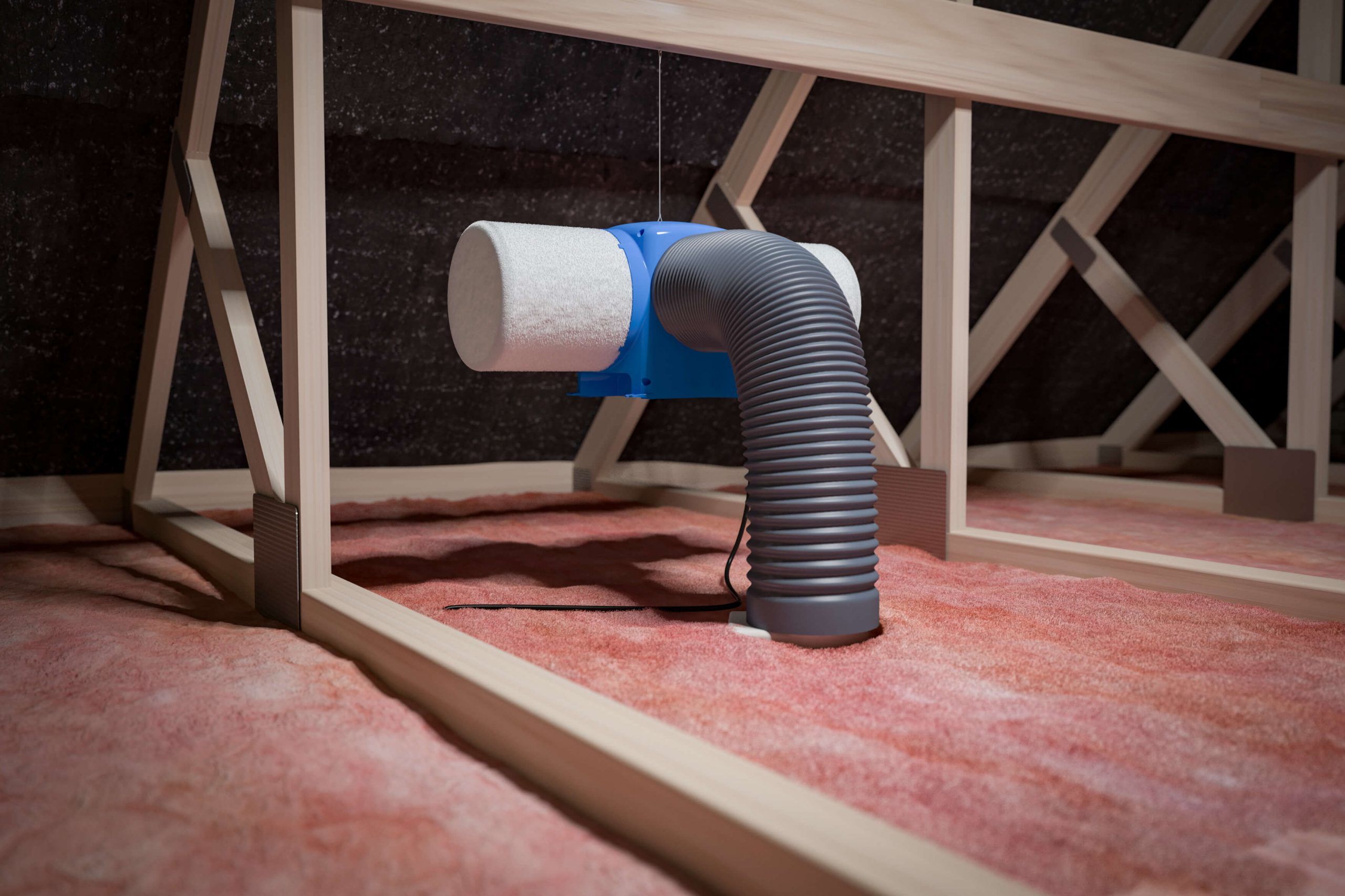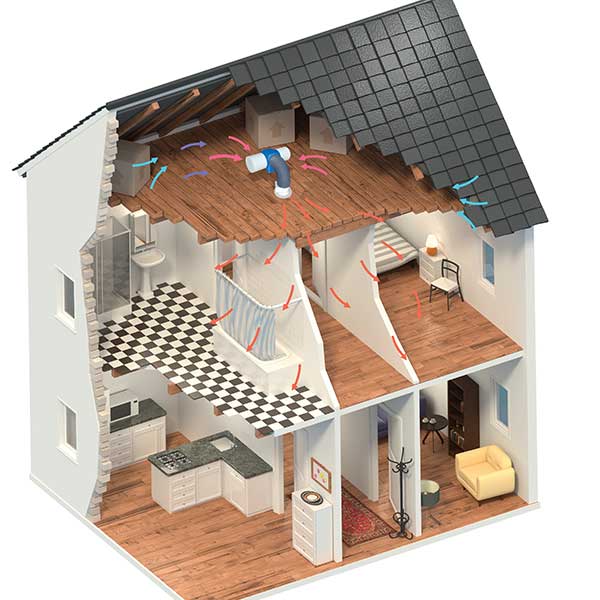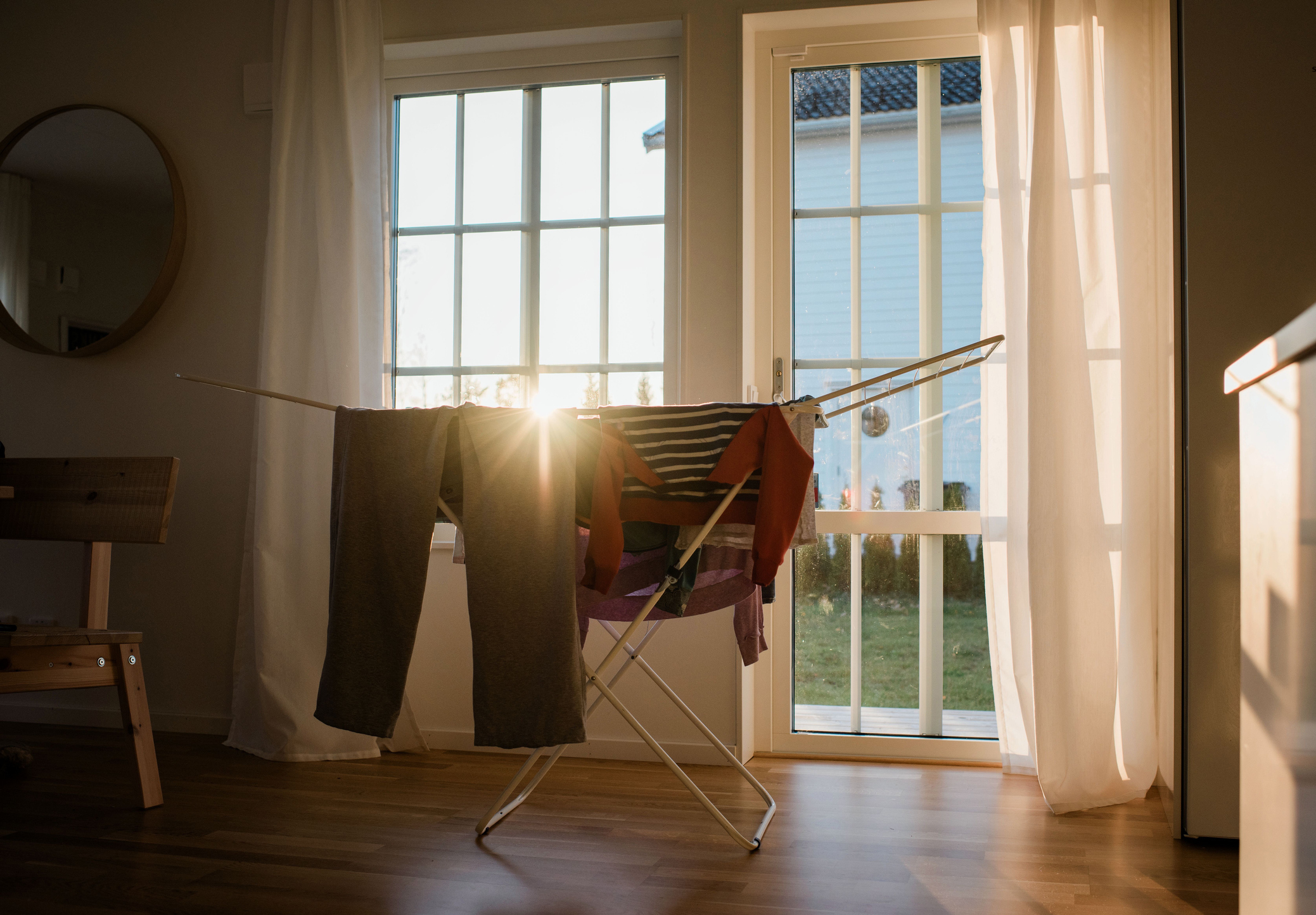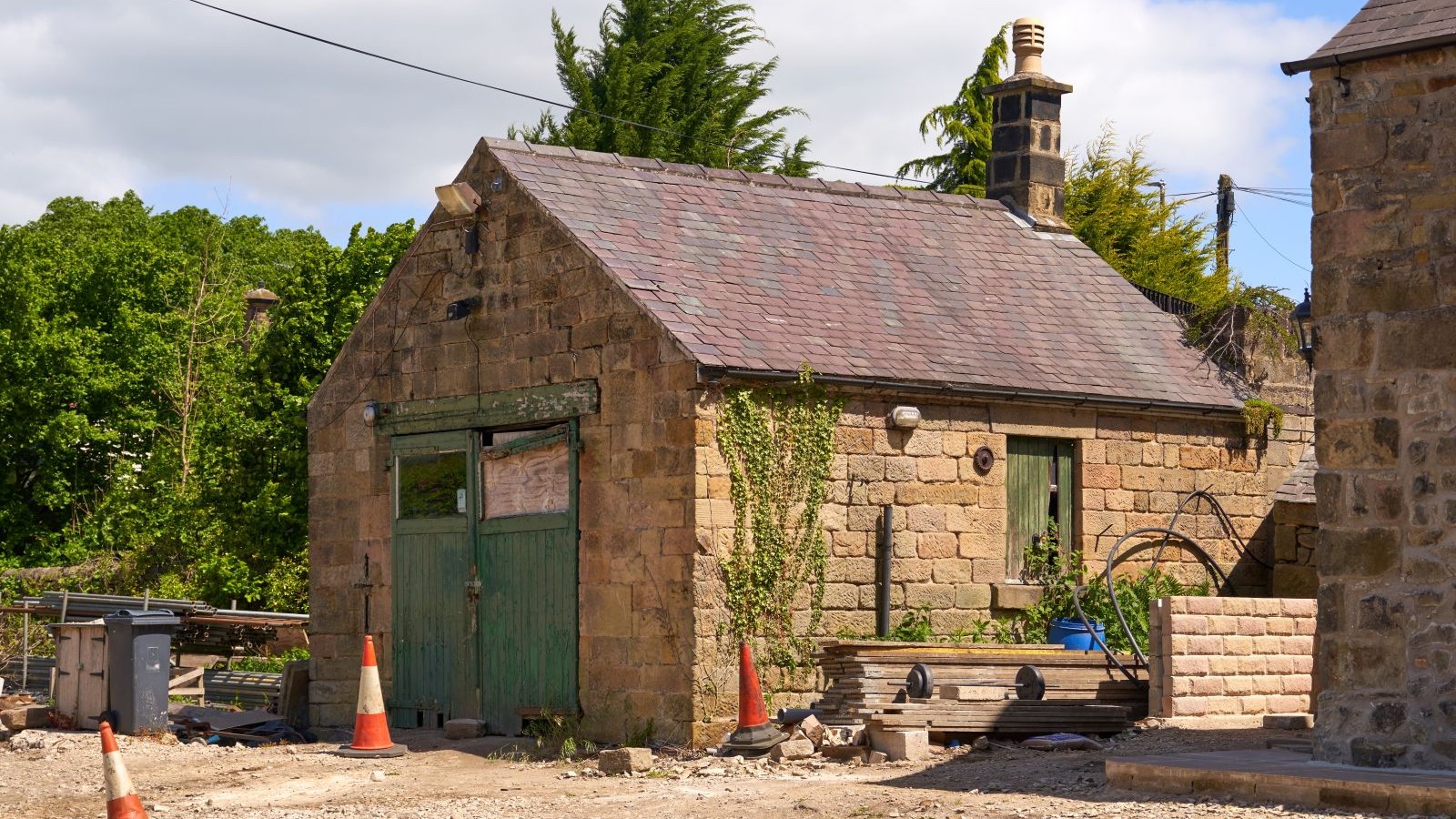Positive Input Ventilation explained: Pros, cons, costs and more
We take a look at how Positive Input Ventilation works and whether the system could be the solution to your home’s moisture problems

Positive Input Ventilation (PIV) can be an easy to install solution for properties with problems with damp.
If your home is suffering with issues such as condensation, damp and mould, installing a PIV unit could be a huge help. Damp, mould and condensation can be extremely difficult issues to deal with, and Positive Input Ventilation can potentially reduce these. While the price of installing a PIV unit is not extortionate, it’s not insignificant but can be a cheaper ventilation system compared to other, more complex, ducting systems like Mechanical Ventilation with Heat Recovery too.
Find out if it's right for your property with this guide.
What is Positive Input Ventilation?
Positive Input Ventilation was developed in 1972 by Nuaire to specifically tackle ventilation in existing homes. It creates a healthy environment by pumping and circulating fresh filtered air into a house, forcing stale air out of the gaps and cracks in the fabric of the building.
"Positive input ventilation is effectively a fan that blows air continuously into a home," Homebuilding & Renovating's renewables expert David Hilton explains. "They are usually ceiling mounted and draw air from the loft or from a roof vent mounted on the roof above the loft that is connected to the fan via a duct,"

With more than 35 years of expertise, David is a seasoned renewables and ventilation installer, recognised for his longstanding contributions to Homebuilding and Renovating magazine. Holding membership in the Gas Safe Register and armed with a Masters degree in Sustainable Architecture, David stands as an authoritative figure in sustainable building and energy efficiency. His extensive knowledge spans building fabrics, heat recovery ventilation, renewables, and conventional heating systems. Additionally, he serves as a distinguished speaker at the Homebuilding & Renovating Show.
How Positive Input Ventilation works
The PIV unit is installed in the loft area, and a distribution diffuser is typically mounted in the ceiling of the room below it.
Homebuilding & Renovating's renewables expert David Hilton adds: "The air that is blown into the home creates a slight positive pressure in the home that pushes the stale air and contaminants out through any air gaps in the fabric of the home. The effect of the positive ventilation is to dilute out the stale air in the whole home rather than extract stale air from the source."

Installing Positive Input Ventilation
A PIV unit works much in the same way as a Mechanical Ventilation with Heat Recovery (MVHR) system, but the latter requires ducting which isn’t always feasible to add to an existing house, and can make MVHR costs more expensive too. PIV consists of a single unit typically fitted in a loft, making it a good retrofit option.
If airtightness cannot be guaranteed or the duct runs cannot be designed and installed with low resistance (which can be a challenge in existing homes) then positive input ventilation is probably a better option for you then MVHR.
That said, there are some PIV systems that can include ducted units, according to David Hilton. "Positive input ventilation is not too disruptive to install. The ducted units are slightly more complex so the costs could be higher than the ones that draw air straight from the loft."
Positive Input Ventilation costs
Homebuilding & Renovating's renewables expert David Hilton explains: "The units cost around £250 to £500 depending on whether they have better controls and extra sensors such as humidity or co2, which will automatically increase the fan speed when higher levels are detected."
But on average, Positive Input Ventilation systems cost between £700-£1,000 including installation, however, there are some higher cost models available with improved performance.
Once installed, the running costs are relatively low as the system has low energy requirements.

Pros of Positive Input Ventilation
Positive Input Ventilation is a cost-effective solution to a number of problems caused by excessive moisture in the home, including:
- Condensation on windows
- Damp and mould
A PIV unit can also help improve indoor air quality, helping to reduce odours, VOCs and pollutants that enter the house. It can also reduce humidity by ensuring a fresh flow of air into the property.
PIV is clinically proven to help reduce dust mite allergens which can cause asthma and affect allergy sufferers.
Cons of Positive Input Ventilation
The airtightness of the property does play a part as air will travel the path of least resistance and you don’t want it escaping out the nearest window and having no effect on rooms further away from the diffuser.

Need more advice or inspiration for your project? Get two free tickets to the Homebuilding & Renovating Show.
PIV does also rely on the availability of some loft space to put the unit in, so is not ideally suited to apartments or homes with vaulted ceilings or flat roofs. However, there are wall-mounted alternatives available too.
You will also need to make sure that Building Regulations Part F is complied with, as the PIV unit does not act as an extract ventilator.
Homebuilding & Renovating's renewables expert David Hilton explains. "The main criticism of the PIV system is that it daws cold air from the loft in winter and hot air from the loft in summer. Albeit not a lot of air, this can still affect the thermal comfort levels in the home."
PIV units can be combined with heaters, but this may undermine its low energy qualities, and cause running costs to rise significantly.
If you have a damp problem in your home, our guide on how to treat damp is worth a read as well as looking at the best dehumidifiers for tackling damp. Other ventilation methods might also be appropriate to investigate such as installing an extractor fan and natural ventilation.
Get the Homebuilding & Renovating Newsletter
Bring your dream home to life with expert advice, how to guides and design inspiration. Sign up for our newsletter and get two free tickets to a Homebuilding & Renovating Show near you.
Hugh is editor of sister title Livingetc.com and former digital editor of homebuilding.co.uk. He has worked on a range of home, design and property magazines, including Grand Designs, Essential Kitchens, Bathrooms, Bedrooms and Good Homes. Hugh has developed a passion for modern architecture and green homes, and moonlights as an interior designer, having designed and managed projects ranging from single rooms to whole house renovations and large extensions. He's currently renovating his own Victorian terrace in Essex, DIYing as much of the work as possible. He's recently finished his kitchen renovation, which involved knocking through walls, and landscaping a courtyard garden, and is currently working on a bathroom renovation.

